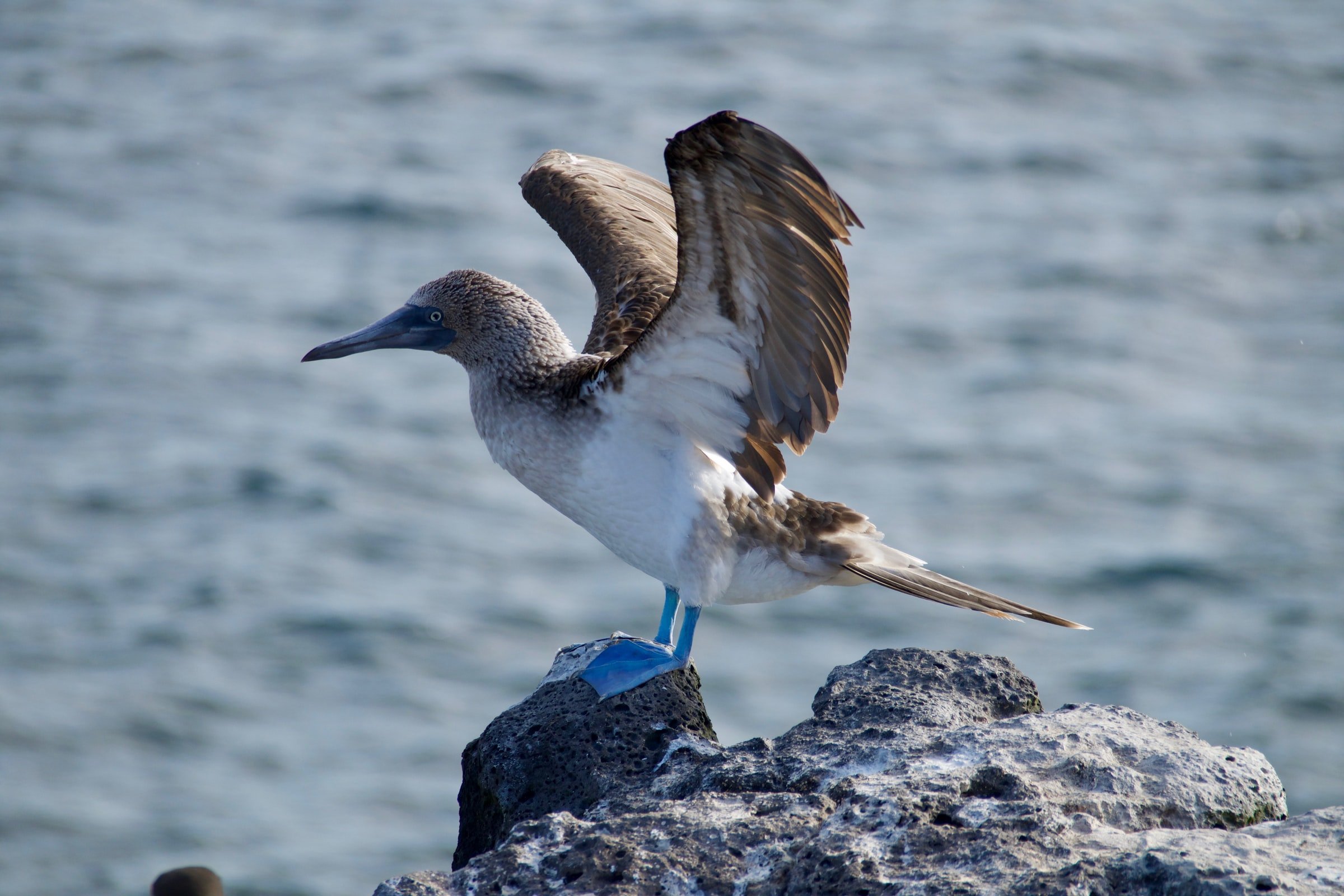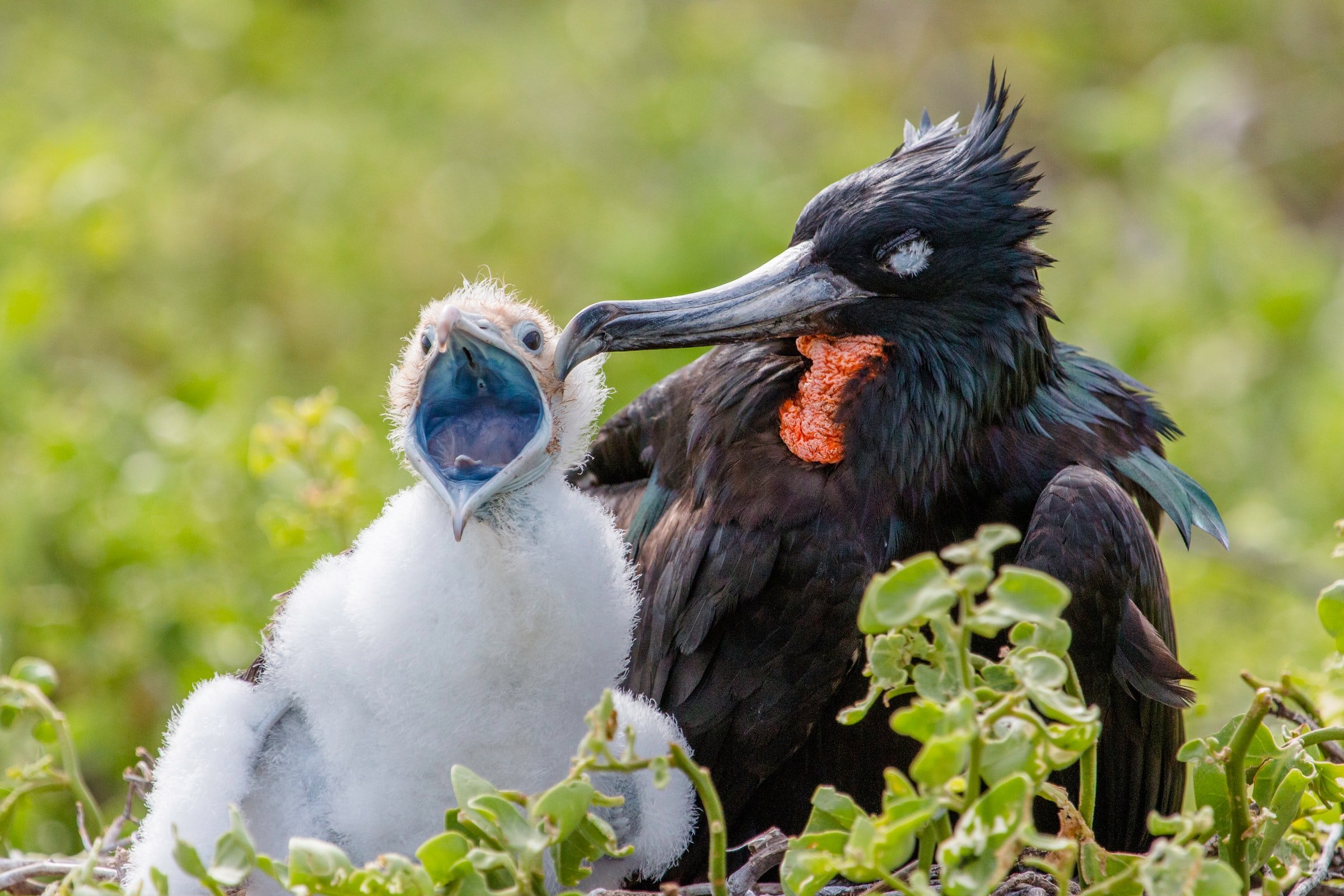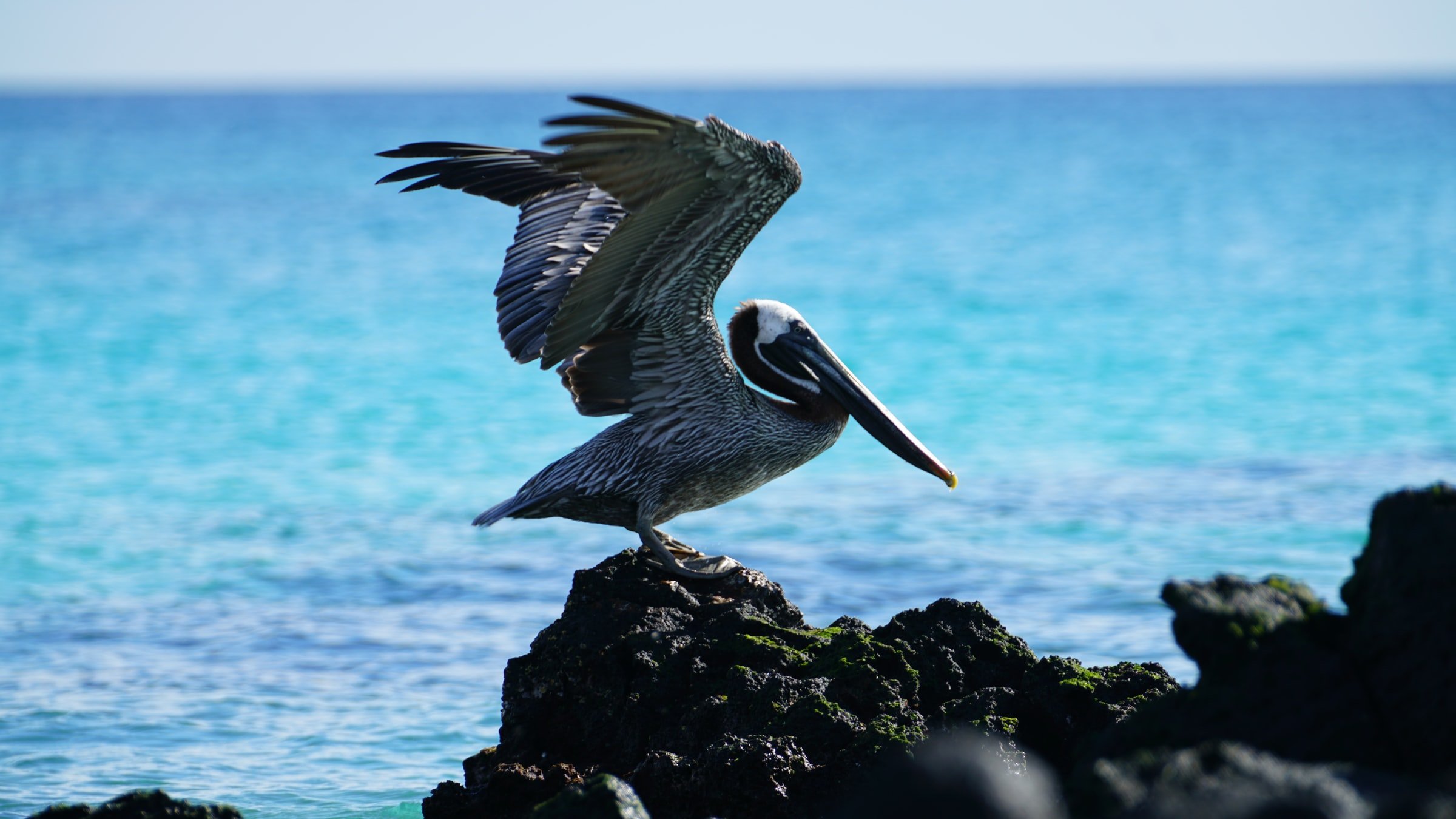What Birds Can Teach Us About Evolution, Climate Change, and the Wonder of Biodiversity
Blue-footed boobies from the Galapagos Islands.
Birds are incredibly important to Earth’s ecosystems. And in addition to the sheer enjoyment of being outside and spotting beautiful species, there’s a lot we can learn from our feathered friends.
Darwin’s finches remain a classic example of evolution in action. Charles Darwin’s journals point to the importance of his observations of birds to his thinking about evolution. He wrote:
“But it is the circumstance, that several of the [Galápagos] islands possess their own species of the tortoise, mocking-thrush, finches, and numerous plants, the species having the same general habits, occupying analogous situations, and obviously filling the same place in the natural economy of this archipelago, that strikes me with wonder.”
Notice his use of the word wonder. That’s science and delight wrapped into a single sentence!
💡 Today, bird beaks are a physical reminder of the impacts of climate change.
In 2021, a group of Australian and Canadian scientists analyzed nearly 100 other studies (with data from experiments, field work, and historical museum collections) to reveal that rising temperatures are affecting animal body shapes, including in birds.
The current mass extinction event is badly affecting bird species, which may be going extinct at a rate perhaps a hundred-fold higher than before 1500. A lot of that increase is likely due to human activities such as carbon emissions and the unwitting transport of predators like rats, cats, and snakes all around the world.
💡 The good news is that we can also work to save bird species from going extinct—and perhaps even resurrect species that have already vanished, thanks to DNA technologies.
Consider the passenger pigeon, which was hunted and eaten to extinction in North America about 100 years ago. Today, Revive & Restore includes the passenger pigeon on its list of species for “genetic rescue.” We can also intervene before extinction, through environmental protection and stewardship efforts.
💡 Finally, we can celebrate biodiversity by getting out in nature and birdwatching!
Below are some birds that can be found at the Galapagos Islands:
If you’re not a fan of bird guides, there are smartphone apps that can make species identification easier than ever—I use one called Smart Bird ID. If you’re like me and you love ecotourism, be sure to ask for a bird list wherever you visit (my list from Sabi Sabi reserve in South Africa is a cherished souvenir). Even your local park may have a birdwatching list for your family to enjoy—so grab your hiking shoes and your binoculars and get outside!
About Tiffany
Dr. Tiffany Vora speaks, writes, and advises on how to harness technology to build the best possible future(s). She is an expert in biotech, health, & innovation.
For a full list of topics and collaboration opportunities, visit Tiffany’s Work Together webpage.
Get bio-inspiration and future-focused insights straight to your inbox by subscribing to her newsletter, Be Voracious. And be sure to follow Tiffany on LinkedIn, Instagram, Youtube, and X for conversations on building a better future.
Donate = Impact
If this article sparked curiosity, inspired reflection, or made you smile, consider buying Tiffany a cup of coffee!
Your support will:
Spread your positive impact around the world
Empower Tiffany to protect time for impact-focused projects
Support her travel for pro bono events with students & nonprofits
Purchase carbon offsets for her travel
Create a legacy of sustainability with like-minded changemakers!
Join Tiffany on her mission by contributing through her Buy Me a Coffee page.





